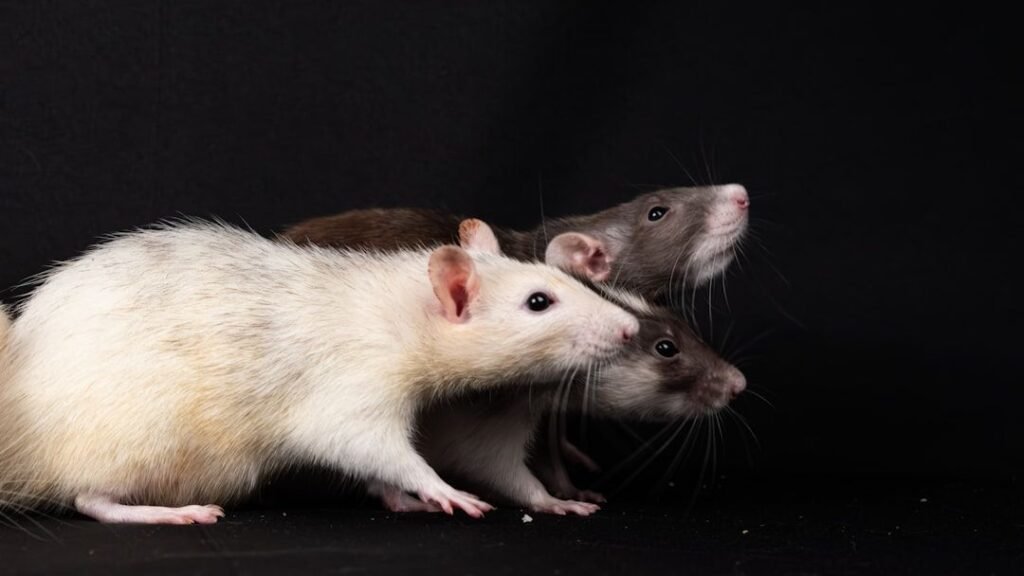Certainly! Here’s a detailed article on the topic of eight dinosaur discoveries that reshaped our understanding of prehistory, utilizing the specified formatting.
The Significance of Dinosaur Discoveries

In the vast expanse of Earth’s history, dinosaurs capture our imagination like no other creatures. For over a century, paleontologists have painstakingly uncovered fossils that have reshaped how we perceive these magnificent beings. Each new discovery adds another piece to the intricate puzzle of prehistoric life, deepening our understanding of evolution and ecosystems long past.
Feathers: The Origins of Birds

For years, dinosaurs and birds were thought to be distinct classes of animals. However, a series of fossil discoveries in the Liaoning Province of China, featuring feathered dinosaurs, revolutionized this view. These fossils demonstrate a direct evolutionary link between theropod dinosaurs and modern birds, providing compelling insight into how certain dinosaurs evolved into avian species.
The Giant Dreadnoughtus: Size Redefined
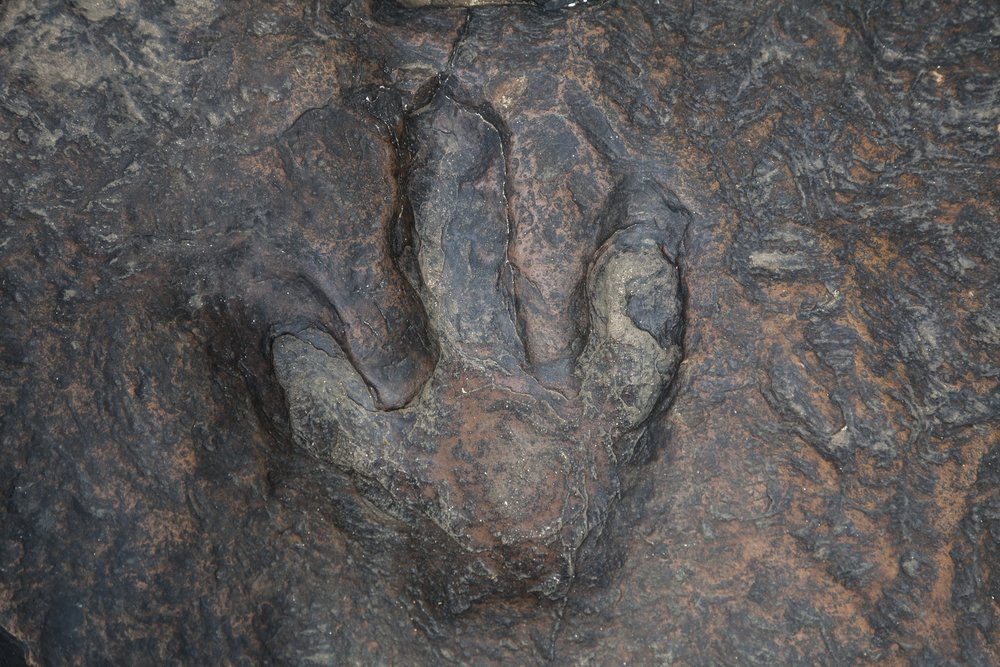
The discovery of Dreadnoughtus schrani in Argentina provided a fresh perspective on dinosaur size. Measuring up to 85 feet long and weighing around 65 tons, this titanosaur was nearly complete and incredibly well-preserved, allowing scientists to accurately estimate the giant’s true size, and challenging previous notions about the massiveness of dinosaurs.
Nesting Behaviors: Maiasaura’s Family Life

The discovery of Maiasaura peeblesorum in Montana unveiled the nurturing side of dinosaur life. Named “good mother lizard,” this dinosaur offered the first solid evidence that some dinosaurs cared for their young post-hatching. The nests filled with eggshell fragments and tiny bones show communal nesting and provide insight into social behaviors after birth.
Dinosaur Growth Patterns: The Case of Hadrosaurs

Fossilized bone studies of hadrosaurs reveal unique growth patterns. By examining growth rings in the bones, scientists gained an understanding of the dinosaur’s rapid growth during early life stages, followed by a plateau in adulthood. Such growth dynamics are crucial for understanding survival strategies and predator-prey interactions of the prehistoric era.
The Aquatic Spinosaurus: A Semi-Aquatic Predator
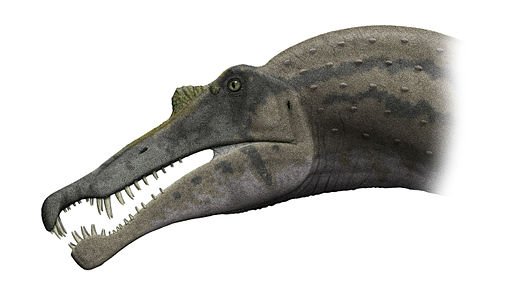
For decades, the Spinosaurus was a mystery. With the 2014 discovery of additional fossils in Morocco, scientists were able to propose that it was a semi-aquatic dinosaur with physical adaptations for swimming. This discovery posited Spinosaurus as the first known swimming dinosaur, broadening the ecological niches dinosaurs occupied.
Warm-Blooded Sauropods: Revisiting Metabolism
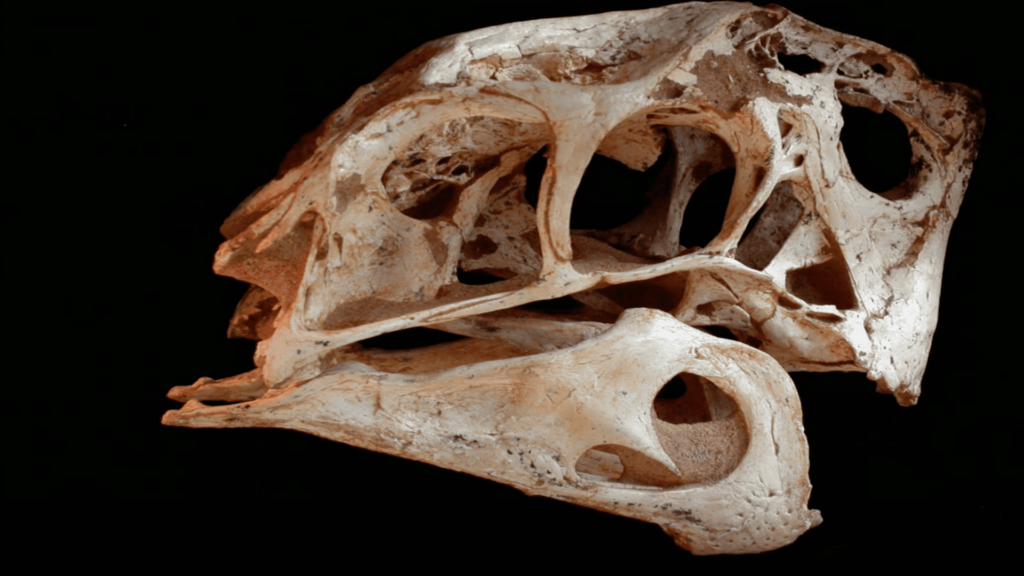
The debate about dinosaur thermoregulation was invigorated by findings related to the metabolism of sauropod dinosaurs. Isotopic analyses suggest that some large dinosaurs might have been warm-blooded or exhibited mesothermy, a mix of both. This framework shifts our understanding of how these giants maintained body temperature and adapted to their environments.
Dinosaur Colors: The Microraptor’s Hue

The discovery and analysis of fossilized pigment in Microraptor specimens provided the first evidence of coloration in dinosaurs. By identifying microscopic structures called melanosomes, scientists could determine that Microraptor feathers were iridescent, like a modern crow, suggesting that color may have played a role in communication and mate selection.
T. Rex Thermoregulation: The Role of Face Vascularity
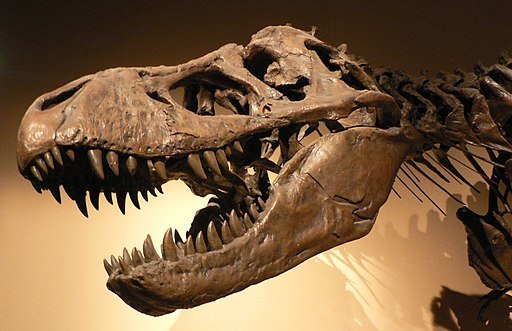
The enormous theropod, Tyrannosaurus rex, continues to intrigue paleontologists. Fossils with traces of vascular networks in facial bones revealed a so-called “internally cooled blood heat-exchange system.” This system might have functioned to regulate body temperature efficiently, offering insights into the physiological adaptations of large predatory dinosaurs.
The Global Impact of Dinosaur Discoveries
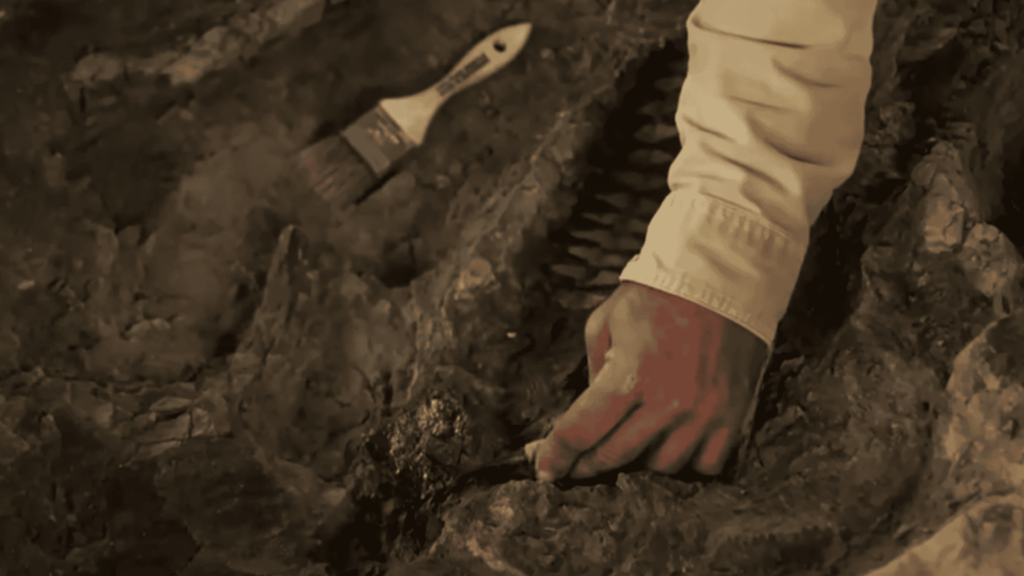
These groundbreaking discoveries have not only enhanced our understanding of the physical characteristics and behaviors of dinosaurs but have also reassessed their ecological roles. As paleontologists continue to unearth fossils around the world, our prehistoric narrative will invariably expand, revealing the complex dynamics of life millions of years ago.
The ongoing fascination with dinosaurs signifies humankind’s eternal quest to unravel the mysteries of our planet’s distant past, reminding us of the delicate balance and the transient nature of life on Earth. Each discovery invites us to rethink and appreciate the evolutionary processes that have shaped life, past and present.


